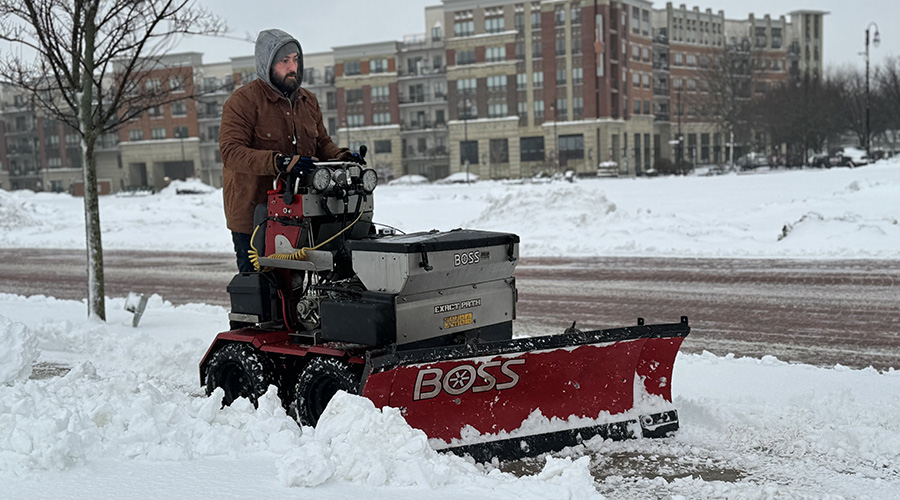
Plumber Shortage Strikes Pittsburgh's Fountains
None of Pittsburgh’s more than 200 water fountains were functioning recently because the city had only one plumber. July 9, 2024
By Dan Hounsell, Senior Editor
As with seemingly every employer in the United States, hiring challenges are plaguing maintenance and engineering departments nationwide. Managers have tried every possible strategy to attract, hire and retain front-line workers to replace a generation of technicians that have been retiring over the last decade and continue to do so. In one city, the critical shortage has affected one very high-profile aspect of city life in a heatwave.
None of Pittsburgh’s more than 200 water fountains were functioning recently because the city had only one plumber, according to the Pittsburgh Post-Gazette. In an effort to stem the critical shortage of plumbers, its city council fast-tracked legislation that will allow the city to contract work with plumbers from other companies.
The new legislation will allow plumbers from other organizations, such as the Pittsburgh Water and Sewer Authority (PWSA), to earn overtime working for the city. Those organizations will then be reimbursed by the city. Some of the fountains have since been turned on, but there was more work to be done.
The shortage came to light after a report from KDKA that none of the city’s water fountains had yet been turned on, despite the extreme heat wave the city was facing.
Chris Hornstein, the director of the Department of Public Works, said it was because the city only has one plumber on staff. The plumber is also in charge of things such as filling the city pools and turning on the spray parks. The city is budgeted for three plumbers, according to the 2024 operating budget.
Dan Hounsell is senior editor for the facilities market. He has more than 30 years of experience writing about facilities maintenance, engineering and management.
Next
Read next on FacilitiesNet












